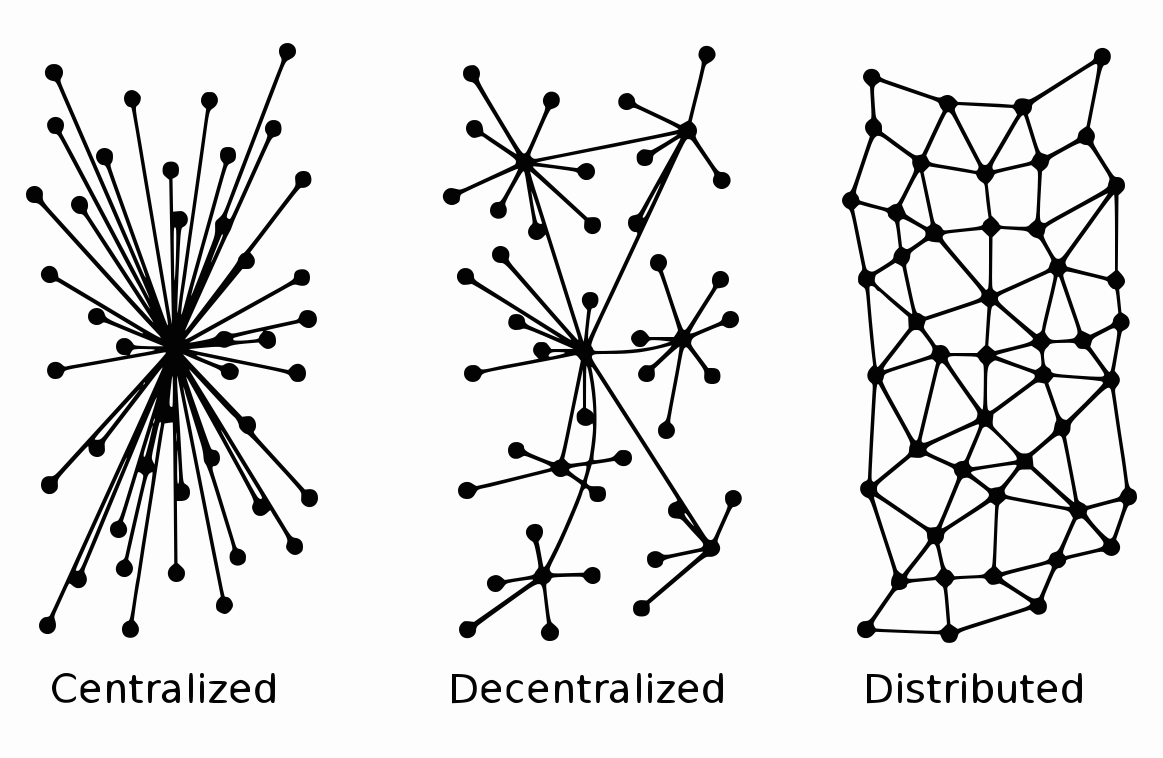Computer network technologies have seen dramatic improvements and changes in the last 20 years. With the advent of Internet, networking has resulted in many advancements such as distributed, grid and cloud computing.
The definitions for these systems refer to various things, but the underlying idea between these models is nearly identical. Thus, to understand the cloud it is necessary to understand decentralized and grid computing and how they differ from conventional centralized systems.
What is Distributed Computing?
According to Tech Target, distributed computing is a model in which components of a software system are shared among multiple computers to improve efficiency and performance. According to the narrowest of definitions, distributed computing is limited to programs with components shared among computers within a limited geographic area.
Broader definitions include shared tasks as well as program components. In the broadest sense of the term, distributed computing just means that something is shared among multiple systems which may also be in different locations.
For example, in the typical distribution using the 3-tier model, user interface processing is performed on a desktop PC at the user's location, business processing is done in a remote server, and database access and processing is conducted in another server that provides centralized access for many business processes. Typically, this kind of distributed computing uses the client/server communications model.
Examples of Distributed Computing
To the user, distributed systems appear as a single system whereas internally distributed systems have been linked to many nodes that perform the computing jobs. Let's think about the Google web server from user’s point of view. When users submit a search queries they believe Google web server is a single website where they enter search terms. However, what is really happening is a decentralized system in which Google uses thousands of servers at different geographical locations to return user search queries within milliseconds.
If Google used a centralized computing model their servers would be overwhelmed with user search queries from all over the world. This would result in slow speeds, downtime and a lot of unhappy users.
Benefits of Distributed Computing
Decentralized computing provides a much better price/performance ratio compared to a centralized computer since adding microprocessors is more economic than mainframes. It offers more computational power than centralized computing systems. Distributed computing also offers incremental expansion so that organizations may add computing power as their demand grows.
What is Grid Computing?
Tech Target defines grid computing as a distributed architecture that involves large numbers of interconnected computers to solve a complex problem. In the grid computing model, servers or personal computers run independent tasks and are loosely linked by the Internet or low-speed networks. These computers may connect directly or via scheduling systems.
Grid Computing Examples
There is a lot of disagreement over differences between distributed and grid computing. To some, grid computing is just one type of distributed computing. The SETI project, for example, characterizes its model as a distributed computing system. Similarly, cloud computing, which simply involves hosted services made available to users from a remote data center, may be considered a type of distributed computing, depending on who you ask.
What is Cloud Computing?
According to Tech Target "Cloud computing empowers organizations to consume competing resources as a utility -- like power -- rather than having to construct and keep computing infrastructures in-house."
Cloud is described as providing a hosted service through the Internet. It encompasses pretty much everything from virtual servers to storage, software, platforms, desktops and automation. Customers pay for the services and resources that they consume. Therefore, they do not need to build infrastructure of their own.
Examples of Cloud Computing
According to Forbes, the cloud computing market is projected to reach $411 billion by the end of 2020. Whether you realize it or not. You are probably using multiple cloud services right now.
Microsoft OneDrive is a cloud storage service where users can upload documents, files, and multimedia to the cloud. Twitter stores all our tweets on the cloud. YouTube host countless hours of user uploaded video files in the cloud. Picasa and Flickr host millions of digital photographs allowing users to make picture albums online by uploading images to the cloud. Google Docs allows users edit files and save their own documents for other users to browse or make edits.
Future of Data Centers and Computing
Distributed, grid and cloud computing will play a large role in the data center of the future. Are the days of hosting servers for a single enterprise customer be a thing of the past? We will have to wait and see but it appears for now that the data center is becoming the focal point for a new breed of computing where multiple systems combine to create a unified platform.
Where does this platform exist? It exists in the data center. After all, data centers are critical to all types of computing models. They have the space, power and connectivity to handle tomorrow’s technologies including blockchain, artificial intelligence, autonomous vehicles and virtual reality. Data centers are also geographically distributed all over the world.
It won’t just be large corporations that provide all the computing resources. It will be individuals, pools and businesses working together in a new economy. This world is not too far off from today. In fact, we are already seeing startups like the Golem Supercomputer Project and manufacturers like NVIDIA working towards this goal.










